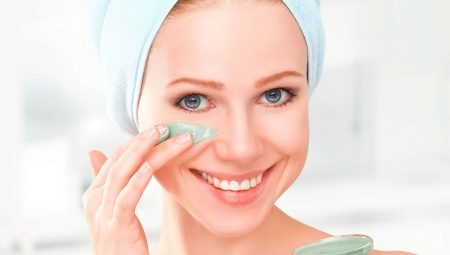It's no secret that the most important and first step in facial skin care is proper cleansing. Often, makeup removers are not enough to provide deep cleansing of pores from dirt and dust, and the skin surface from dead keratin scales. Most of all, additional cleansing is relevant for people with problem skin type, excessive fat and acne, but, as a rule, such skin is also sensitive.
If 20 years ago deep cleansing of the skin was associated with scrubs that are categorically not suitable for sensitive skin, now they are already fading into the background, because new technologies have appeared in the system on the way to the beauty of your face.

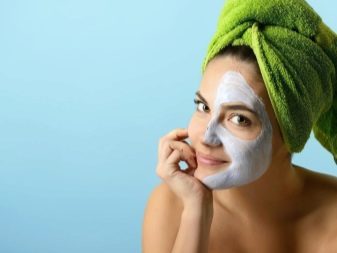
What is the difference from a scrub?
Peeling scrubs contain solid abrasive particles. As a rule, these are organic additives - for example, apricot or raspberry seeds. However, the use of such funds can be detrimental to the condition of the skin due to the invasiveness of the procedure, because solid inclusions scratch the skin and can lead to irritation.
That is why the scrub was replaced by gommage, which eliminates the mechanical effect on the skin. At its core, gommage, like scrub, refers to exfoliant products. The process of exfoliation occurs due to the content of AHA acids in gommage products, otherwise they are called fruit acids.
Their action is very different from scrub, because in the case of the use of gommage, the effect on the skin is exclusively chemical.
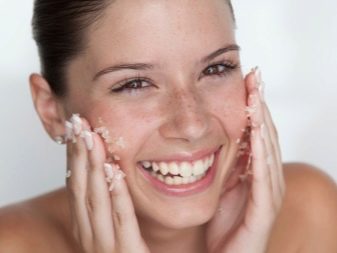
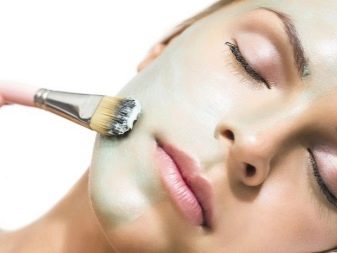
Benefit
Fruit acids that make up the gommage:
- dissolve dead skin particles;
- moisturize the skin by accelerating regeneration;
- lighten age spots;
- have an antiseptic effect;
- enhance the skin's production of its own collagen, which is responsible for elasticity;
- normalize the water-fat balance, which reduces the likelihood of inflammation and acne due to the cleansing of the ducts of the sebaceous glands;
- make the skin fresh and rested.

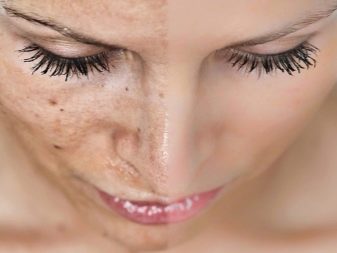
Kinds
You can find several types of gommages on sale, but first you need to figure out what is the difference between these tools.
- Mask-gommage - in addition to the presence of fruit acids in the composition, it is enriched with vitamins and minerals. It has a fairly thick consistency, which is more convenient to apply with a brush in order to save and hygienic procedures. They keep her face for quite a long time.
- The cream has a lighter texture compared to the mask, it is kept for 2-3 minutes and rolled up.
- Homage peeling is the most liquid in consistency, it acts as soft and delicate as possible.
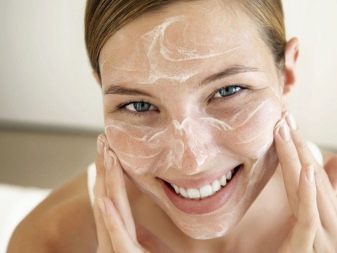
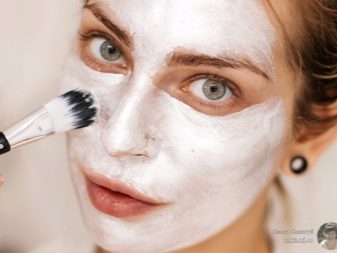
Application features
The use of gommage must be carried out, observing certain rules.
- Despite the fact that this procedure is one of the most delicate, it is necessary to exclude allergic reactions and intolerance to the components. A small pea of the product is applied to the skin on the bend of the elbow, and only if no reaction has occurred within half an hour, the product can be used on the face.
- Before cleaning with gommage, it is necessary to prepare the skin. First, you need to cleanse your face with cleanser. Secondly, if possible, steam out the skin, open the pores. It is good to do this procedure after a bath or a hot bath, you can also use special means that open the pores.
- Gommage is applied to the face through massage lines, it is kept on the face by the manufacturer's time indicated on the packaging. As a rule, this time varies from 3 to 20 minutes. Self-made peeling gommages are more gentle, so they are left for a maximum time of 20 minutes.
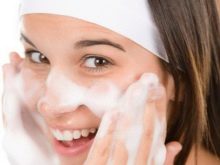

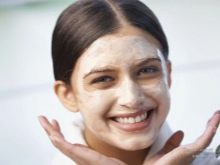
- After the necessary time has passed, the product is gently massaged, as if rolling off the face so that it takes away all the impurities. After that you need to wash with warm water.
- It is useful after the procedure to use the product to close the pores, and after that - a light non-greasy cream.
- The frequency of use of this tool depends on the type of skin. So, for owners of combination skin, it is recommended to use gommage once every 2 days, and for dry - no more than 1-2 times a week.
- If there are pronounced inflammations on the face, you can apply gommage, but without rolling, that is, apply the product to the face, and after the necessary time, simply wash off the mask with warm water. This method eliminates tissue trauma as much as possible.
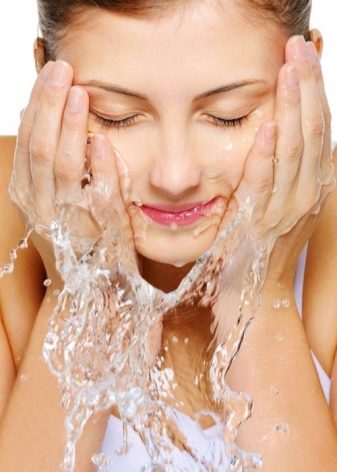

Indications for use
Exfoliating dead skin particles itself is a natural process, but for some reason this mechanism may fail.
The main indications for the use of peeling are:
- age-related changes in the skin (with age, the ability of the skin to self-clean decreases);
- lack of vitamins (often in the spring you can notice unhealthy peeling on the face precisely because of hypovitaminosis);
- environmental impact (bright sunshine, strong wind, cold, dry climate, etc.);
- insufficient cleansing (it is important to wash every day, regardless of whether decorative cosmetics are used or not);
- increased skin pigmentation;
- stresses and diseases (provoke disturbances in the regeneration of the skin).
Skin that needs peeling is easy to spot. If excessive greasyness, rashes, inflammation, or vice versa, dryness and peeling are observed on the face, gommage must be used.
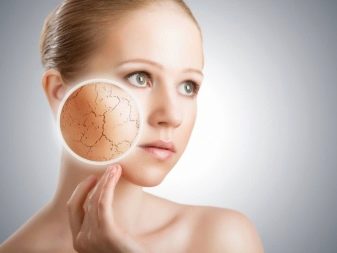

Contraindications
Like any cosmetic procedure, gommazhny peeling has its contraindications.
It is not recommended to use gommage if:
- there are inflamed areas on the skin;
- on the face there are open wounds, cuts, scratches;
- rosacea is observed;
- the skin is chapped or burnt by the sun.
It is also worth noting that the more the skin is subject to age-related changes, the less often it is recommended to carry out the gommage procedure, since the rolling process is accompanied by stretching of the skin, which, as it ages, loses proper elasticity.

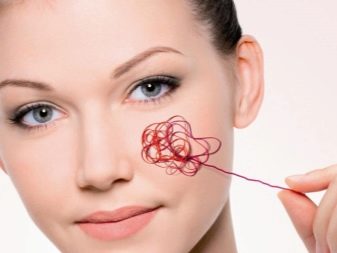
At home
Many are interested in the question of whether it is possible to make a means for gommage at home. It is no secret that the benefits of the effects of fruit acids on the skin were known even before our era. Since ancient times, to enhance their beauty, women used masks from natural fruits and berries, milk, cereals.
The simplest and most common recipe is made on the basis of oatmeal. Ingredients added to homemade homage may vary depending on skin type or season. The recipe at home is as follows.
Ingredients:
- oat groats;
- semolina;
- essential oils or citrus zest;
- glycerin (you can use a cleanser).

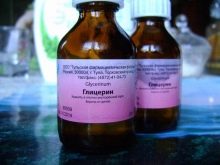

Cereals are taken in a 1: 1 ratio, placed in a blender bowl and chopped. After that, oils suitable for you are added. For example, lavender oil soothes inflammation, tea tree oil has an antibacterial effect, citrus oils even out tone. Glycerin or any facial cleanser is used only to bind all the components together.
The use of home gommage occurs according to the same rules as any product in the factory packaging - apply with a brush, wait for the formation of a soft crust and roll up, then rinse with warm water.
Such peeling has earned positive reviews among women who value the naturalness of the ingredients, because it is no worse than its store counterparts.


See how to make peeling gommage at home in the next video.
